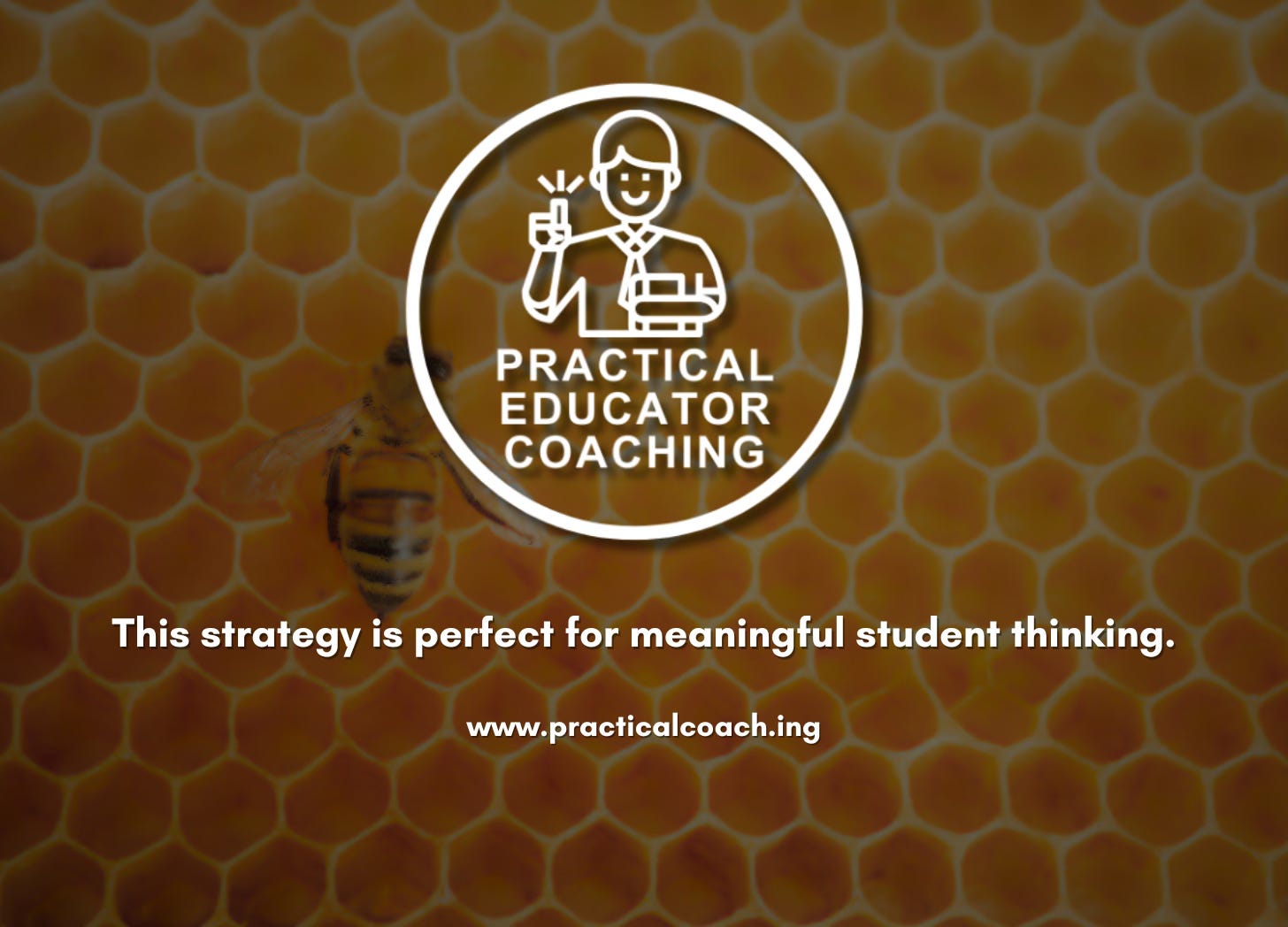How Hexagonal Thinking Can Deepen Student Learning
A flexible, low-prep strategy for helping students connect ideas and process complex topics
Hey, how’s it going? I’m Erik Johnson—a veteran social studies teacher, university professor, and educator coach. In this newsletter, I share practical teaching tips, deep dives into education topics, and the occasional piece on my personal interests. If it’s your first time here, take a look at my coaching homepage, and don’t forget to subscribe!
A Free Teaching Tip
A while back, my colleague Scott Feyereisen sent me a link to a teaching strategy he thought I’d like. It was a blog post from another teacher describing how they used hexagons to help students sort and connect ideas. I remember thinking, “That’s pretty cool,” saved it to my Apple Notes, and then, like a lot of great ideas, forgot about it.
I’ve used the strategy multiple times, and it’s consistently led to strong student engagement and high-quality thinking.
Fast forward to last year. I was in the middle of an inquiry unit and looking for a way to help students engage more deeply with some complex concepts. That hexagon strategy popped back into my head, so I gave it a try. It worked really well. Students took ownership of their learning, made meaningful connections between ideas, and created thoughtful digital projects to showcase what they had discovered.
Since then, I’ve used the strategy multiple times, and it’s consistently led to strong student engagement and high-quality thinking. Most recently, I used it with my 9th graders during a unit on genocide. The hexagon sort helped them process difficult vocabulary and themes in a structured, collaborative way, which set them up to write powerful, evidence-based reflections later in the unit.
As teachers across the country start wrapping up the school year, I thought it might be the perfect time to share this activity. It works well as either a formative or summative task and can be a strong way to close out the year with meaningful student thinking.
If you’re curious to learn more, check out this video I recorded last year with Scott Feyereisen and another cool colleague, Jessica Huirache. We made it as part of an effort to create more accessible and practical curriculum support for teachers. Enjoy!


